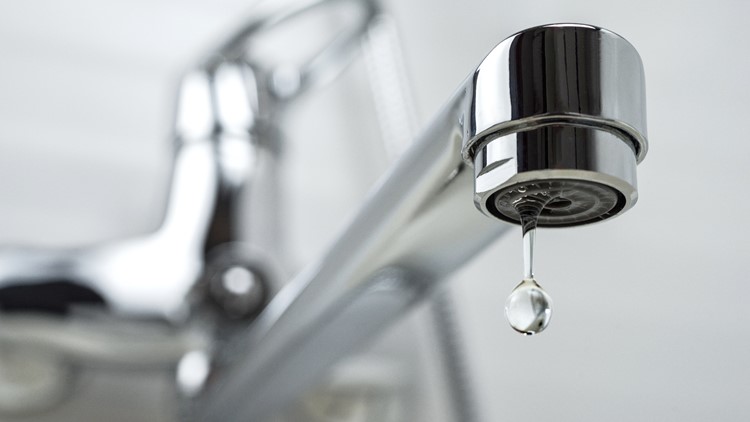SAN ANGELO, Texas — It’s probably an understatement to say that 2021 has been a strange year for weather in Texas.
From the winter storm that turned the whole state upside down in February, to unusually mild summer temperatures throughout the Concho Valley, West Texas seems to be going through an identity crisis, weather-wise.
One of the upsides of that has been a lot of rain, but water conservation is still a priority for the City of San Angelo.
“Right now we’re a little bit over two inches higher than we usually are in terms of rainfall,” COSA Water Conservation Coordinator Maria Padilla said. “We’ve been blessed to have more rainfall, which is great.”
Last July in San Angelo, there were five straight days of 105-plus degree temperatures, and a drought could still be around the corner, so watering restrictions are still in place.
“We still do restrict people from watering from noon to six,” Padilla said. “If you’re watering during those times, it evaporates, or it goes to your neighbor’s lawn, so it’s not really helping, anyway.”
If you’re finding it difficult to gage how much water your lawn needs in light of the sporadic weather lately, there’s a useful tool on the city’s water conservation page.
“You can put in your address and it tells you how much you should be watering this week. It goes off recent weather data. It’s something cool that not a lot of people know about.”
Padilla said checking for silent leaks indoors can be a good way to conserve water and keep your bill down as well.
“Check your toilets. We recommend that you check them at least once a year. You could have a silent leak. An easy way to check that is if you put a little bit of food coloring in the back tank and don’t flush it. Wait around about 10 minutes, and if any color is in the bowl, you know that you have a leak.”
Here are some other tips offered on the the COSA website:
- Do not flush your toilet unnecessarily. Throw your facial tissues in the trash instead of in the toilet.
- Shorten your shower by a minute or two and you’ll save up to 150 gallons per month.
- Turn off the water while shaving or brushing your teeth.
- Run your washer and dishwasher only when they are full. You can save up to 1,000 gallons a month.
- One drip every second adds up to five gallons per day! Check your faucets and showerheads for leaks. It’s simple, inexpensive and you can save 140 gallons a week.
- We’re more likely to notice leaky faucets indoors, but don’t forget to check outdoor faucets, pipes and hoses. If your water meter is moving even though all faucets are off, your house most likely has a leak somewhere.
- Leave lawn clippings on your grass. This cools the ground and holds in moisture. But don’t let this suffocate your lawn.
- Practice xeriscaping. This method of landscaping uses plants which are native to your area or are naturally drought resistant.
- Aerate your lawn periodically. Holes every 6 inches will allow water to reach the roots, rather than run off the surface.
- Sprinklers should spray large drops close to the ground, rather than a fog or mist, which can be blown away by wind.
- Use soaker hoses or drip irrigation wherever possible.
- Watering plants deeply but infrequently encourages deep root growth and drought tolerance.
- Use mulch around plants and flowers. The mulch reduces evaporation and helps keep water near the roots of the plant where it is most beneficial.
- Do not over water. This means watching for puddles or runoff.
- Only water your yard. Concrete sidewalks and gutters don't grow. This may require readjusting your sprinklers or watering some areas by hand.



